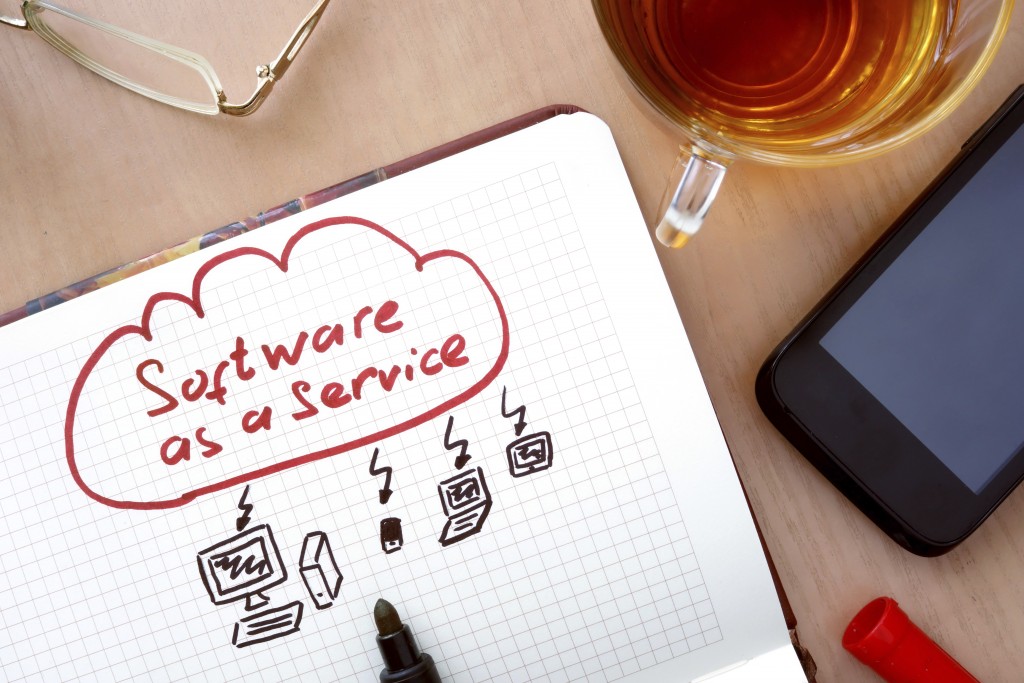This post is an excerpt from our recent report, “Software as a Service: The Key to Modernizing Government.” To download the full report, click here. The report is part of a three-part series, where GovLoop will highlight the power of the Oracle cloud and explore how Oracle is helping government agencies transform the way they deliver services.
On all levels of government, public sector agencies are looking to the cloud to re-imagine their business processes and power new innovations. Through effective cloud deployment and management, organizations can reduce costs, deploy services with agility, and identify new ways to accomplish the complex missions of the public sector. With the cloud, organizations have gained new ways to access data, software and computing power, all of which have disrupted the traditional notions of IT service delivery.
In part one of our series, we explore Oracle’s Software-as-a-Service (SaaS) offerings. “[SaaS] is transforming the way governments are able to deploy capabilities, because it not only gives them quick time to value, but also a way to drive innovation in ways they couldn’t do otherwise,” said Sarah Jackson, Vice President, Sales Engineering at Oracle. Oracle offers both private and public cloud offerings for infrastructure, platform and applications solutions to public sector customers.
Oracle in the City of Chicago
Rather than having employees install and maintain expensive software locally, SaaS allows agencies to share applications via the cloud, and quickly deliver modern and powerful computing resources to users. One example of success with SaaS comes from the city of Chicago.
The city deployed the Oracle cloud to improve recruitment capability. Chicago reviews more than 200,000 applications annually, and like many governments, it has strict hiring regulations and union protocols. Today, the city has not only automated much of the hiring process, but officials have also expanded their talent repository, so they can attract top talent as positions open. As a result, with Oracle’s help, Chicago has been able to hire top candidates 75 percent more quickly than before. This process improvement comes at a time when many current employees are becoming eligible for retirement, and the city must be able to attract, retain and recruit top talent.
Chicago is certainly not alone; Jackson shared an additional use case from the U.S. Air Force, one of Oracle’s largest service cloud customers. “They consolidated multiple websites into a single personal services website,” Jackson said. “Because their users can find the answers they need on a self service site, service call frequency has declined and customer satisfaction has gone up. This was all done using our service cloud, which provides embedded knowledge and self learning within the environment.”
Customer service and recruiting are just two examples of business solutions available in the Oracle cloud. Public sector agencies are also turning to SaaS when they need to drive new efficiencies across a range of important business processes. These include improving procurement processes, scaling a learning management system, or modernizing budgeting cycles. Agencies are also looking to leverage the power of social media properties for communication and outreach or to simply improve core human resources and financial management processes.
“We’re seeing customers explore SaaS in many different ways,” said Jackson. “Some are considering enterprise-wide services; others are looking to the cloud for point solutions. The value proposition of cloud is clear. How and when customers transition to the cloud depends on their unique needs and current pains. What’s important is that they understand their options and develop the right roadmap for their future.”
With so many different options, leaders should start exploring options for SaaS and your agency.
The SaaS Lifestyle
Like any kind of IT initiative, SaaS will require leadership, vision and a clear understanding of a business problem. But as Jackson noted, SaaS also requires something else for agencies: a lifestyle change. When getting started it is essential to understand the benefits of a cloud deployment and how it differs from an on-premise deployment.
“With cloud applications, new capabilities are delivered through several updates each year. Instead of planning for large, costly upgrades every three to seven years, customers must be ready to take advantage of these incremental innovations and think differently about the rate and agility in which they can react to their internal and external customer needs. Organizations will now have a much more empowered platform from which they can serve employees and customers,” said Jackson.
Transitioning to the cloud will not only free up infrastructure, but also distribute ownership across IT and business users. The lifestyle of the end user has also changed and continues to evolve with higher expectations for services, access and information. Oracle delivers a set of modern best practices focused on digital engagement with social, mobile, analytics and big data as part of the core process. Business users gain quicker access to functionality and improved user experience, while IT teams benefit from reliability, scalability and consistency.
